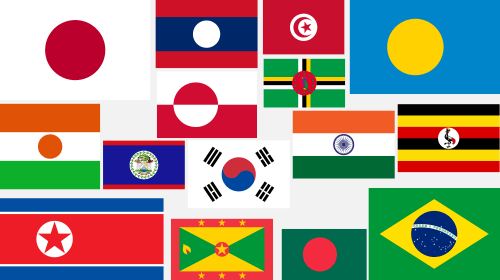National flags are not only symbols of identity and sovereignty but also carry historical significance. Across the globe, flags exhibit a wide variety of design elements, each representing unique cultural and historical aspects of the nations they symbolize. Among these design elements, circular patterns play a prominent and fascinating role. In this exploration, we will delve into the world of national flags that prominently feature circular designs, uncovering the stories and symbolism behind these captivating emblems.
Flags with Plain Circle:
Japan – The Land of the Rising Sun
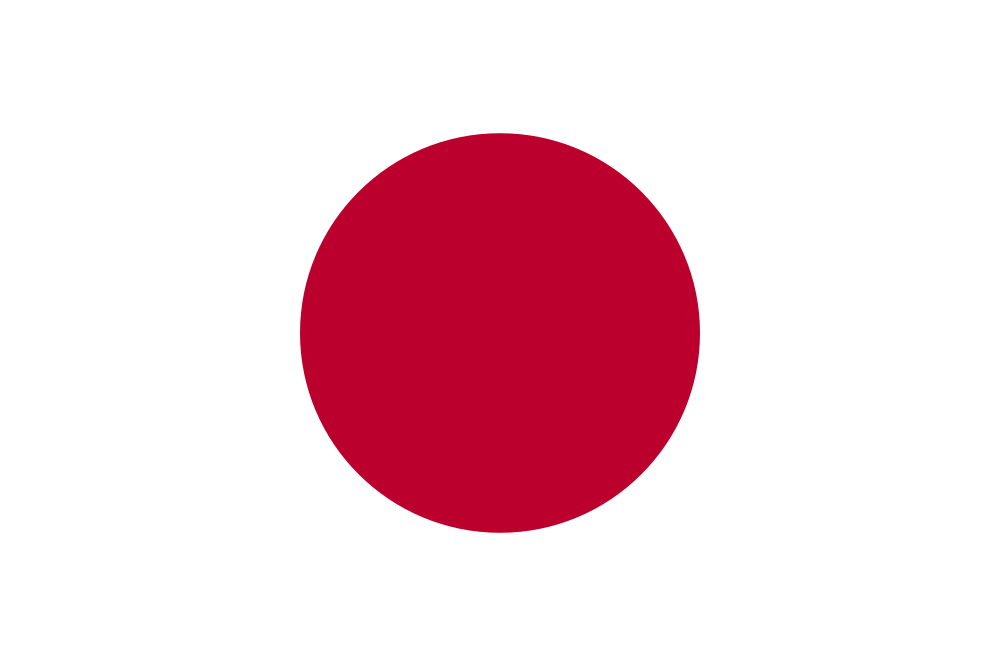
The flag of Japan, known as the “Nisshōki,” is a testament to elegance in simplicity. It has a red circle on a white field that represents the sun and marks Japan as the “Land of the Rising Sun,” embodying its eastern location.
Bangladesh – Unity in Green and Red
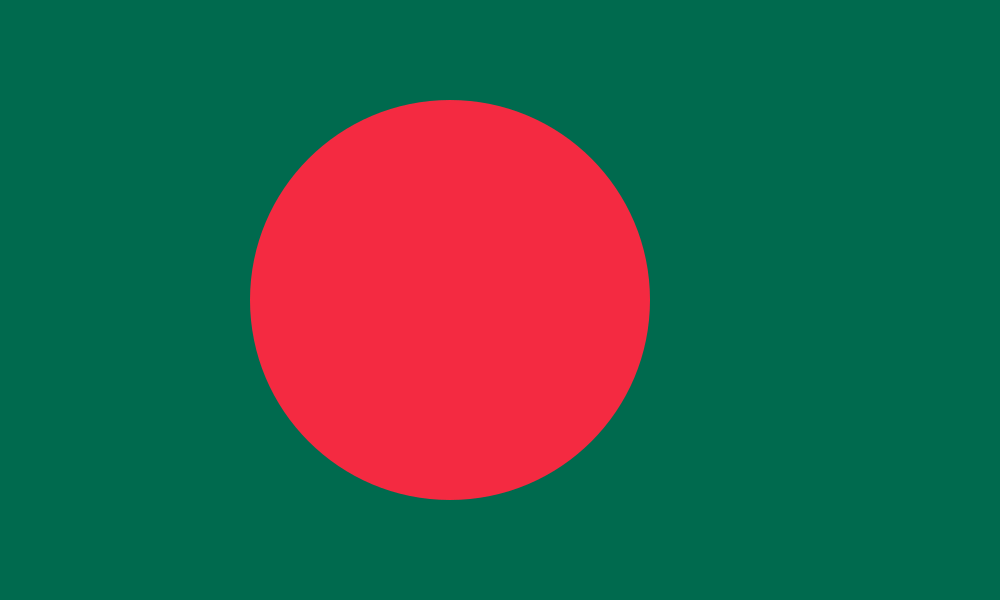
The national flag of Bangladesh features a green field with a red circle slightly left of center. The circle represents both the rising sun and the blood of those who died during the Bangladesh Liberation War, while the green embodies the country’s lush landscape.
Laos – Serenity in Simplicity
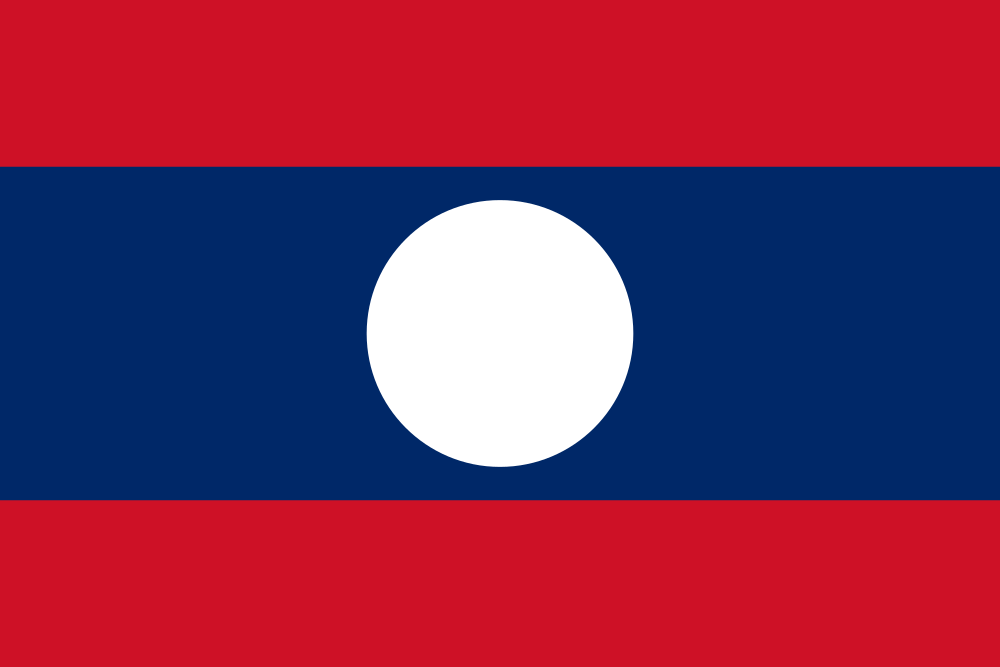
The flag of Laos has serenity in its design—a horizontal triband, with a middle stripe in blue being slightly larger than the top and bottom stripes which are in red. The center of the flag features a white circle, which represents the unity of the Laotian people and the full moon over the Mekong River. Whereas, the red and blue colors represent violence and prosperity, respectively.
Niger – Saffron Sun in the Sahara
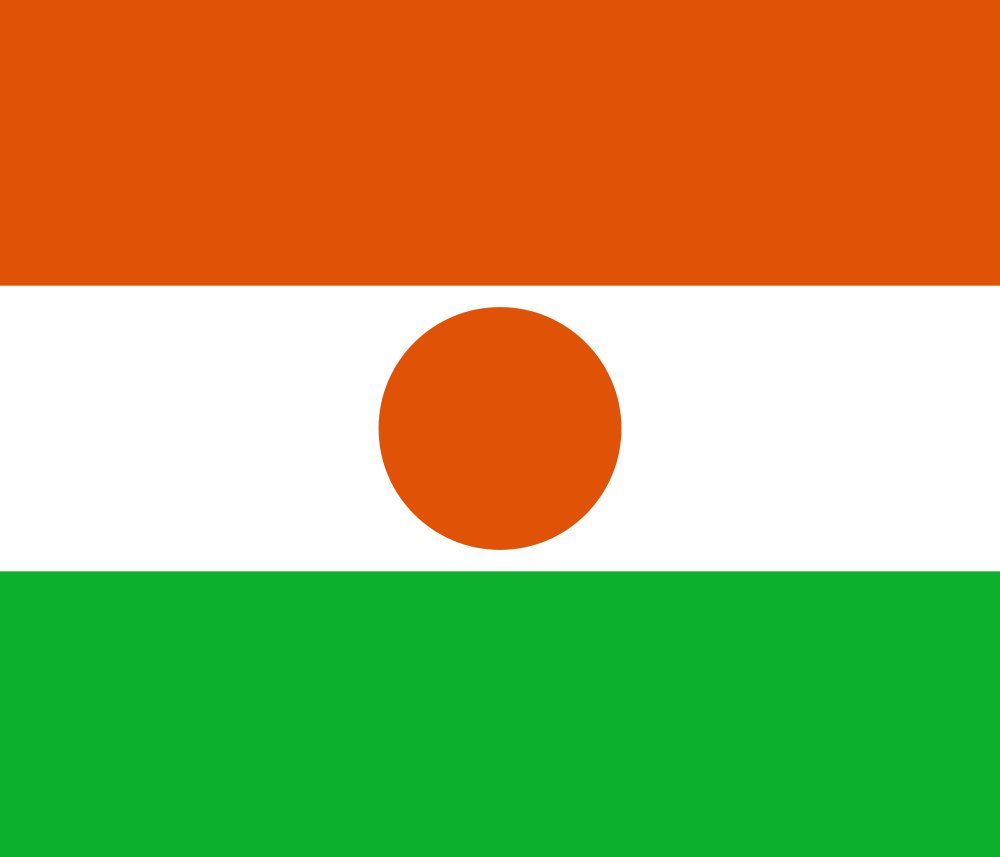
The flag of Niger is a square-shaped flag that features three horizontal bands of orange, white, and green, each representing different aspects. The orange circle in the center—that steals the spotlight represents the sun, radiating warmth and energy. The orange and green colors in the flag symbolize the Sahara desert and the grassy plains respectively, two important geographical features of Niger.
Palau – Blue Horizon Circle
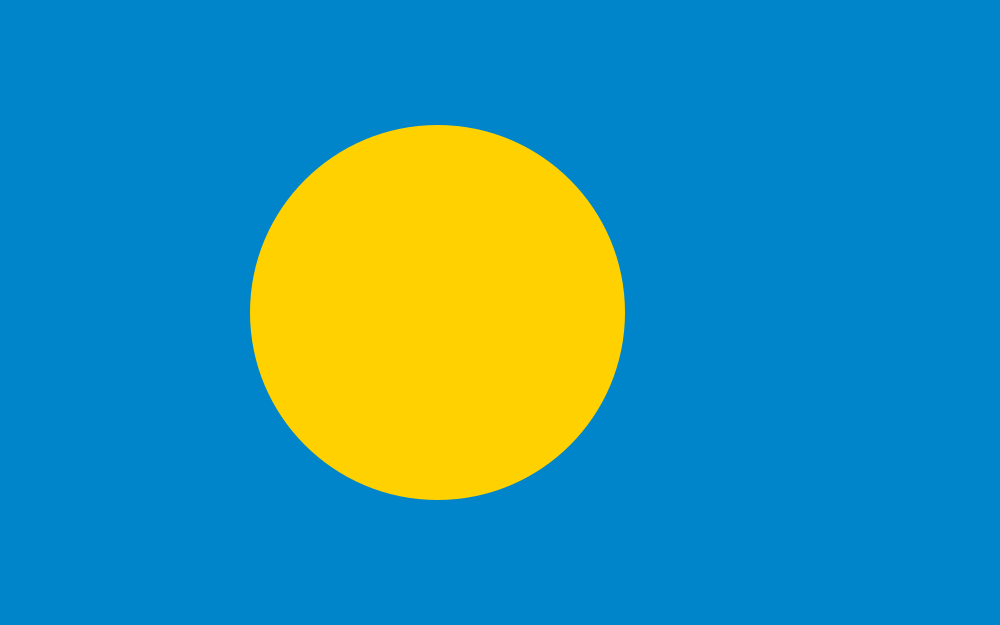
Palau’s flag is a captivating representation of its tropical setting. A blue field symbolizes the ocean, with a large yellow circle representing the full moon.
Flags with some object in the Circle:
Belize – Serpent in the Circle
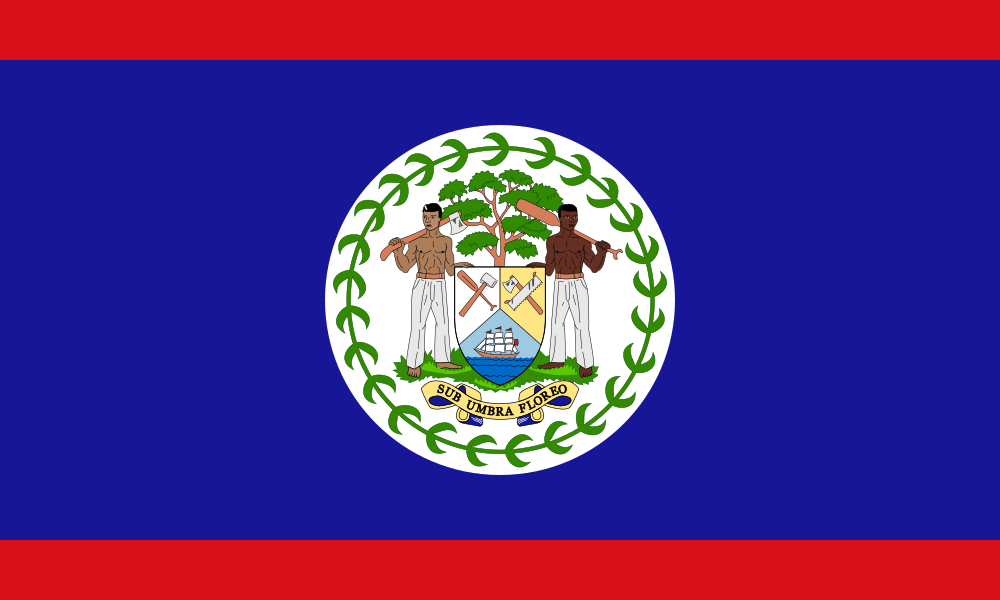
The flag of Belize features a royal blue field with a centered circle containing the Belizean coat of arms. Additionally, there are two thin red stripes at the top and bottom of the blue background. The circle embodies the country’s rich history, biodiversity, and aspirations for the future.
Brazil – Celestial Sphere

Brazil’s flag features a circle containing a starry night sky spanned by a white equatorial band, representing the country’s motto “Order and Progress” and its aspiration for a bright future. This circle is situated within a yellow rhombus on a green field where the green and yellow colors signify the first emperor and his wife’s houses, respectively.
South Korea – Yin and Yang in Harmony
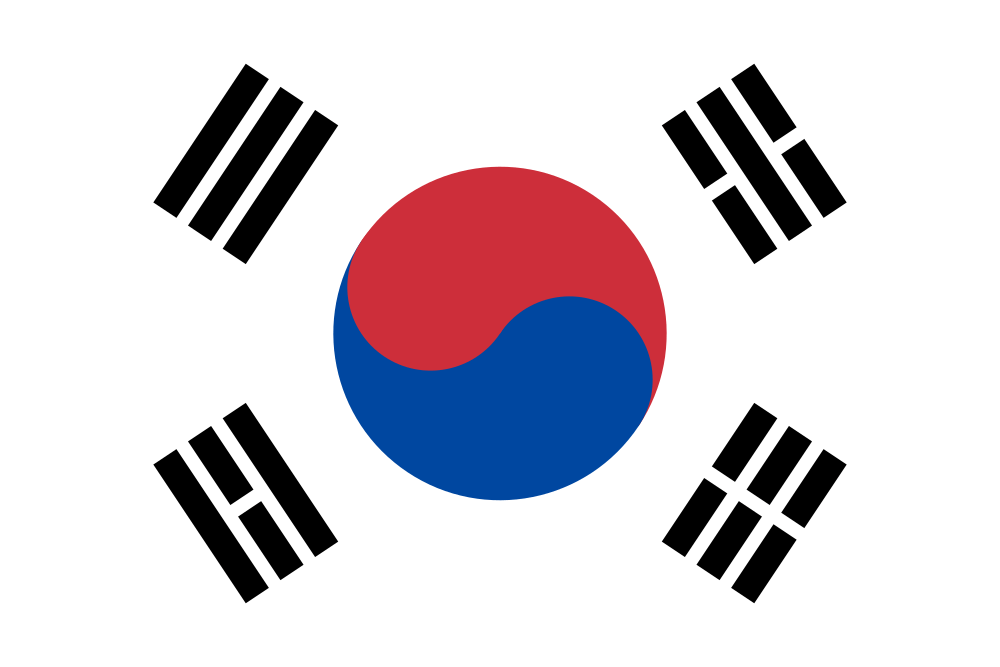
The flag of South Korea is also known as the Taegeukgi. The flag has a white field with a red and blue yin-yang symbol at the center of the flag, representing the cosmic forces in perfect harmony. The yin-yang symbol is surrounded by four trigrams.
India – The Wheel of Dharma
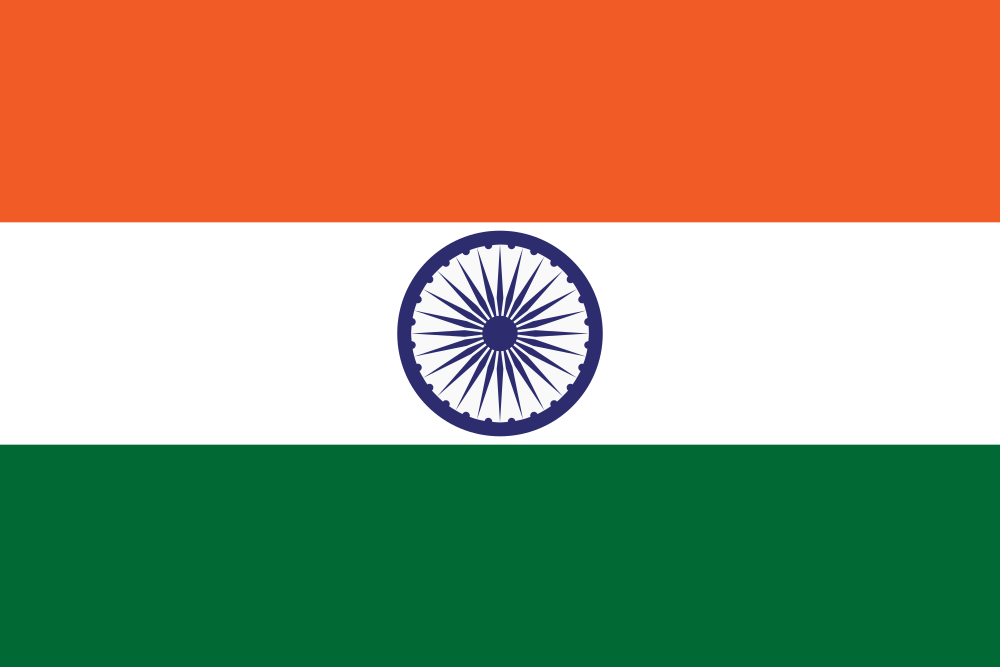
The Indian flag is a tricolor band of saffron, white, and green with a navy blue wheel or “Ashoka Chakra” in the center of the white band. The Ashoka Chakra is a symbol of progress, and perpetuity, deeply rooted in Indian philosophy and history.
Tunisia – Crescent and Star in Unity
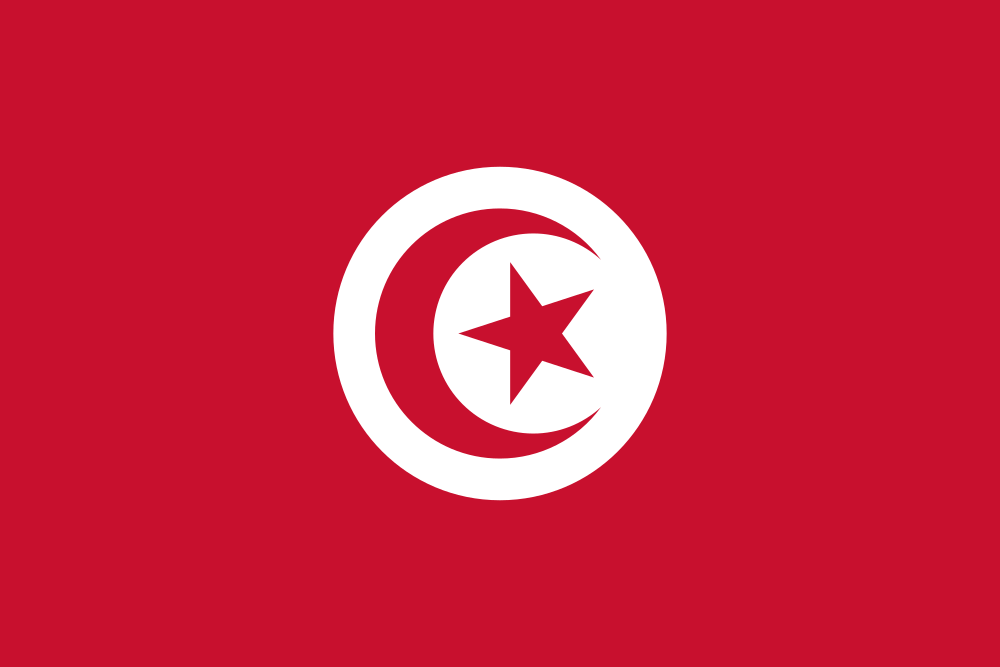
The flag of Tunisia is a red flag that features a centered white circle containing a red crescent and a five-pointed star in it. The circle and its elements symbolize Islam and the nation’s aspiration for progress.
Greenland – Seeking Autonomy
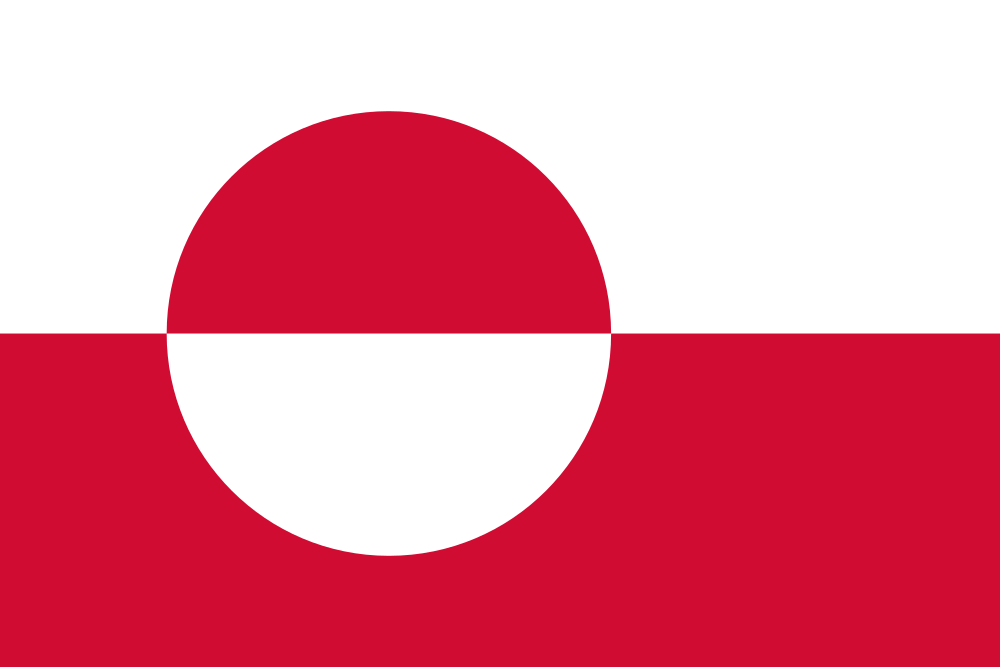
Greenland’s flag features white and red equally-sized stripes with a circle that is slightly left from the center. The circle is made up of alternating red and white colors which represents the sun, reflecting its position in the Arctic Circle, and its white and red colors signify the ice and the sea.
North Korea – Red Circle of Sovereignty
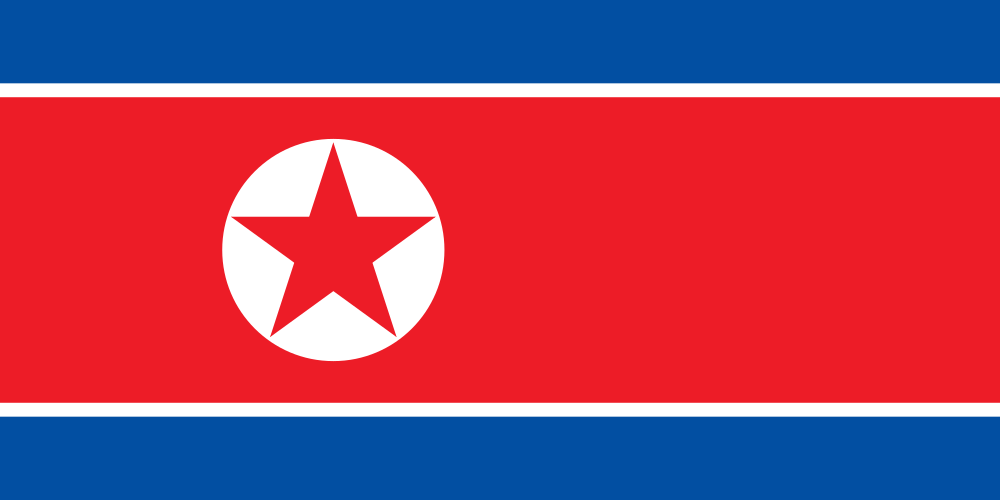
The flag of North Korea displays a red field with a thin white stripe at the top and bottom which is followed by Blue stripes. In the red stripe, there is a white circle which is slightly off-center to the left, containing a five-pointed star. This flag represents the nation’s sovereignty and communalism traditions.
Uganda – The Grey Crowned Crane
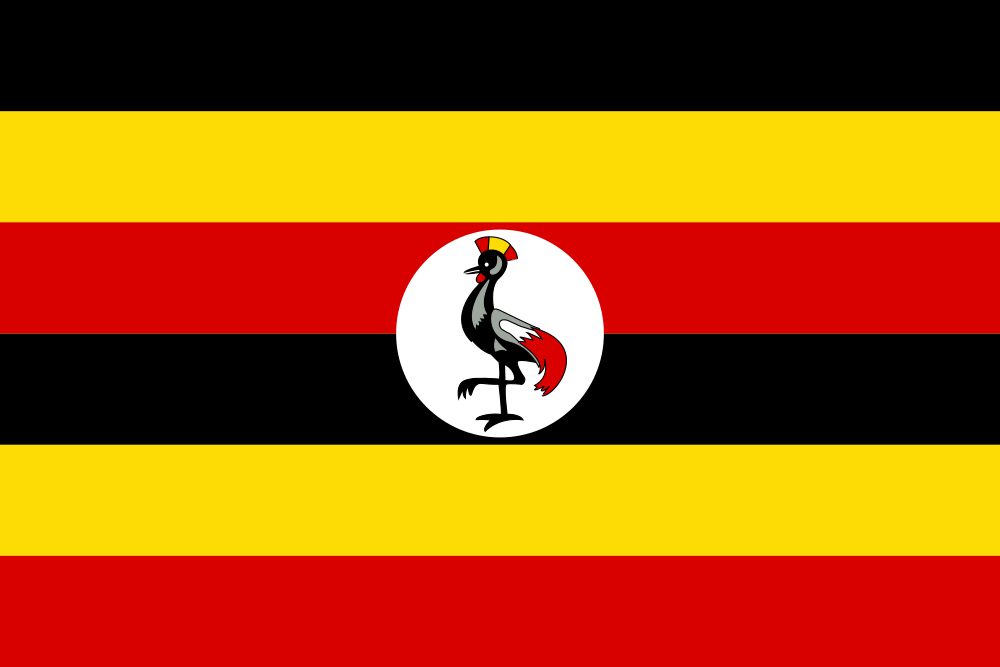
Uganda’s flag has six equal-sized stripes of Black, yellow, red, black, yellow, and red. The flag showcases a grey-crowned crane, facing left, within a white circle that is superimposed at the center. This symbolizes the country’s abundant wildlife and the spirit of freedom.
Grenada – Nutmeg Encircled
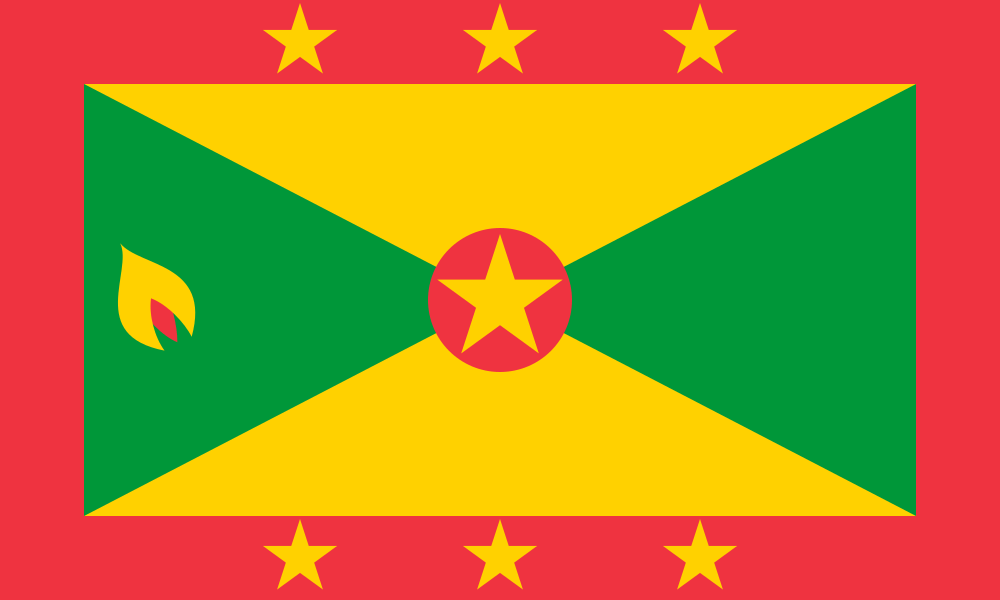
The flag of Grenada consists of a rectangular design divided diagonally into two yellow triangles at the top and bottom, and two green triangles on the left and right sides. The flag is bordered by red, which displays six five-pointed stars. In the center of the flag is a red disc with a five-pointed star. To the left of the flag is a nutmeg. This design represents the country’s major export and its economic significance.
Dominica – Sisserou Parrot

Dominica’s flag is a green field that features a centered tricolor cross of yellow, black, and white. The cross is superimposed by a Sisserou parrot within a circular emblem along with ten five-pointed stars, representing the country’s unique wildlife and natural beauty.
The use of circular design elements in national flags serves as an aesthetic choice and a means of expressing deep-rooted symbolism, history, and cultural pride. The examples above illustrate the diverse ways circular elements are incorporated into the visual representation of nations. By delving into the stories behind these flags, we gain a deeper appreciation for the rich tapestry of meanings woven into these enduring symbols of national identity.
